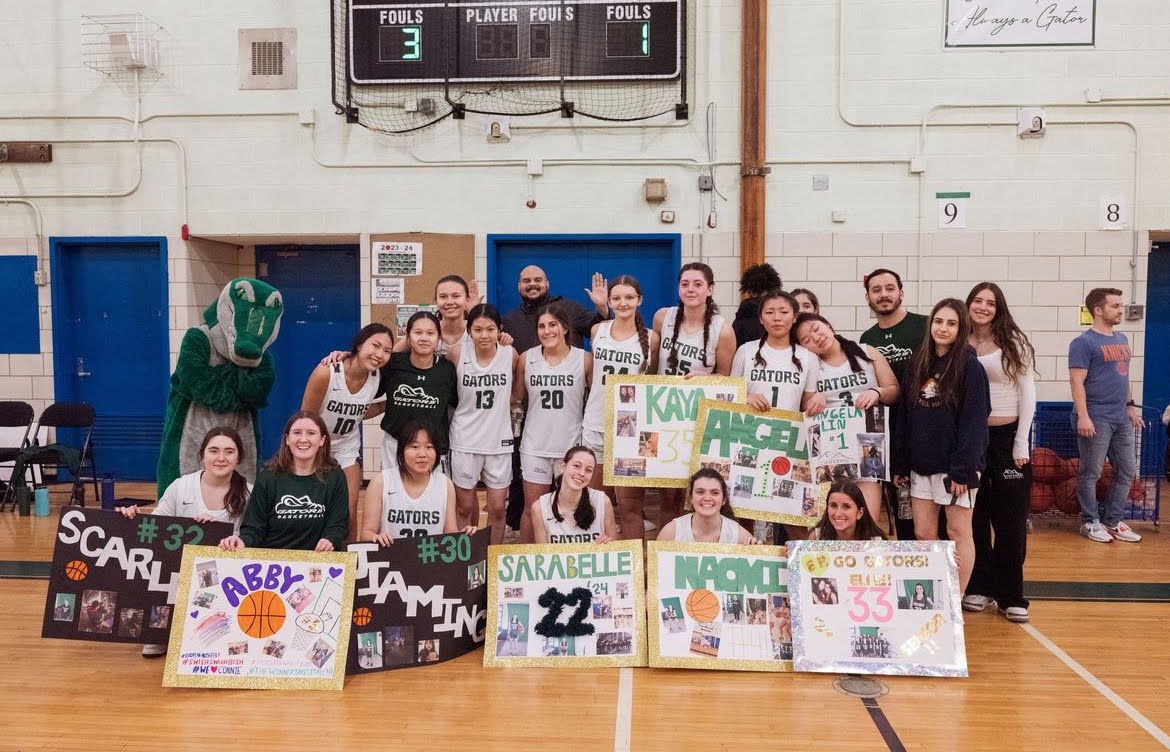Climate change has proven itself to be one of the most debatable topics of the past few decades. Although nations have signed on to basic plans to increase participation in halting climate change, such as the Kyoto Protocol and the Paris Agreement Act, comprehensive and practical actions have yet to be implemented internationally.
The world is becoming increasingly dependent on social networks as they serve as information holders and communication tools for adolescents in the environmental movement. Social media networks can motivate society to increase eco-conscious actions (and make more deliberate decisions regarding consumption) by broadening general knowledge of modern-day environmental issues.
“Social media platforms—such as Instagram, Twitter, and Facebook—have provided an opportunity for the general public to discuss and share opinions instantly with vast cross-border networks,” as stated by Professor Aleksandria V. Mavrodieva of the Graduate School of Media and Governance University of Keio, Japan.
With the limited time we have left a debated topic among scientists and a sense of increased urgency regarding today’s climate justice battle, several public figures and pop culture products have taken the initiative to raise climate awareness through their media campaigns. On March 15, 2019, students marched on the streets, requesting governments and global leaders to take responsibility and reverse the effects of climate change. Inspired by Greta Thunberg’s climate protest in front of Sweden’s parliament, roughly 1.6 million students from approximately 120 countries decided to leave their classrooms to protest against political inaction. As they were under the legal voting age, making signs promoting climate awareness and screaming down the streets of major cities was the students’ only option to have their voices heard. How widespread this protest was, regardless of whether a student was informed on climate change and policies or not, can be credited to social media platforms such as the “Environment by Impact” Instagram account.
Due to social media, “The public has become more active in scrutinizing business activities and more demanding towards producers, increasingly opting for products that are manufactured in a more sustainable manner,” Mavrodieva explained in their paper “Role of Social Media as a Soft Tool in Raising Public Awareness and Engagement in Addressing Climate Change.” Social media platforms have the ability to expand consumer knowledge, and have established more effective communication with consumers, shaping their buying intentions. Media exposure of green products (a product manufactured in ecologically sustainable ways) is encouraging new views on consumption. For instance, Tengku Zatashah (@zatashah) is one of many Instagram influencers with environmental concerns: she encourages her followers’ green consumption behavior, using posts to promote “sayno2plastic” and “zero food waste”.
Social media is a powerful platform, but because it is pervasive, only getting attention from likes (this outreach can have limited effect) removes the subtlety of conservation. Conservation is complex, but social media is not. Some actions taken by influencers are not strong enough to be considered “conservation,” precisely the actions of greenwashing- the act of providing the public with misleading information about a company’s products .

Influencers and corporations may engage in actions that appear eco-friendly on the surface but lack the depth to genuinely impact conversation or public action. A new Harvard University study commissioned by Greenpeace Netherlands, an independent global campaign network, revealed the rampant use of greenwashing/misleading information about how a large company’s products are eco-friendly.These companies are exploiting people’s concerns about the environment to fit brand agenda’s by spreading disinformation online about a brand’s connection to environmental protection.
A study by Christine Parker, a professor of Law at the University of Melbourne, found that “more than 8,000 ads served more than 20,000 times in people’s Facebook feeds found many green claims are vague, meaningless or unsubstantiated and consumers are potentially being deceived.” This proves that companies are not committing to their green statements, but rather pandering to their audiences.
Youth-driven campaigns can raise awareness, drive change, and become the catalysts for a greener, more equitable world. It is crucial that we avoid the exploitation of youth perspectives and ideas, but instead empower young voices to lead the charge towards a sustainable future, through the use of social media.


































Leo • Jan 16, 2025 at 9:27 pm
Nice